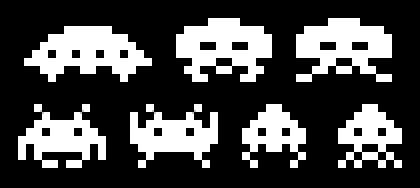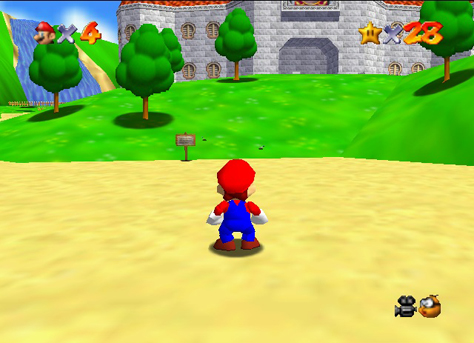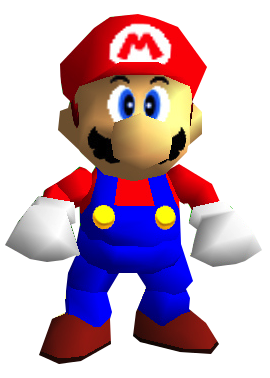In our contextual studies lecture, we were told to link seven games to the seven basic plots from Christopher Bookers book 'The Seven Basic Plots', which he took 34 years to write.
These are the games I chose to link to the seven plots:
Overcoming evil/the monster - Skyrim
You're the main character, the dragonborn, you are born to slay the dragons of Skyrim. You're whole purpose throughout the game is kill the many dragons and other evil-goers throughout the games story. You are overcoming the evil that has overrun Skyrim to bring back peace amongst the world.
Rags to riches - Animal Crossing: New Leaf
As a human in an animal filled town, you are broke and already in debt the minute you move in. You have to collect fruit, fish, and other resources that pop up in your town to sell off and get money, and then pay your debts with your saved cash. There are also other things that you will want money for such as clothes, house expansions, town enhancements and furniture. The game is all about you saving money to get richer so that you can afford better things, so rags to riches describes this game perfectly.
The Quest - The Legend of Zelda: Majoras Mask
As Link, the hero of the Legend of Zelda series, you are always on a quest to save a land from evil. With Majoras Mask, its the land of Termina, where the moon is going to fall from the sky and destroy every living thing. The series revolves around completing quests to save the world, so this is why I chose to have the game with the quest.
Voyage and return - Kingdom Hearts
in the Kingdom heart series, you play as a happy kid called Sora. When his friends get taken away from him, he has to use his keyblade to travel over worlds to find them. He journeys with Donald and Goofy from Disney to save the world, and find his best friends and hopefully return home.
Comedy (the jester) - The Simpsons: Hit & Run
In a game where you play as almost all members of the Simpson family, plus other characters from Springfield, its understandable why I didn't have to think hard when putting this game into this category. You kick people, run people over, the missions and cut-scenes are funny and well dialogued - as well as the voice acting. This game is a treasure, and a funny one.
Tragedies - The Banner Saga
In this game, you are constantly on the run from monsters, so tragedies are always around the corner. It is a game where you can make different choices to affect the outcome of the story, and if you make a wrong choice, someone can die, permanently. Its a strange thing in a game, permanent death. That alone can move a game from an average strategy game to a tragedy.
Rebirth - Flower
Flower is an art game created by the same company as Journey. You take control of the wind, blowing petals around by flowing gracefully over flowers. You are rebirthing the world and making flowers grow. As you progress through the levels, you are slowly getting closer to the dark city, and the levels slowly start to be darker and less beautiful. At the city, everything is dark and metal and there are no flowers, so you float around and you rebirth the city into a more colourful, happy and beautiful place.






